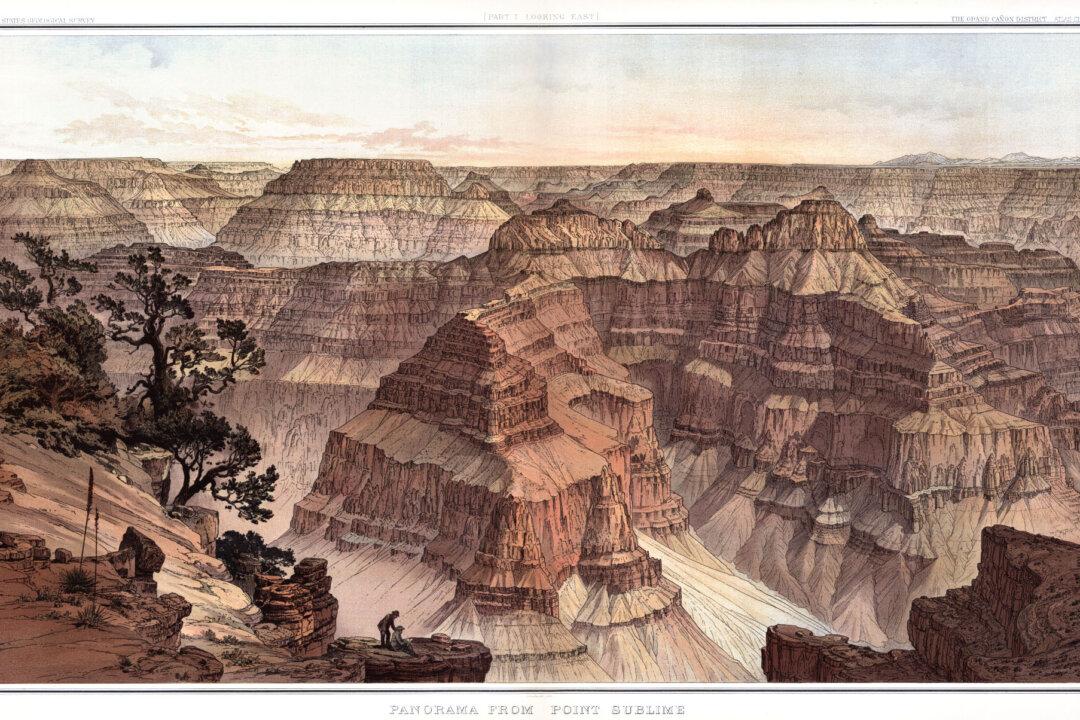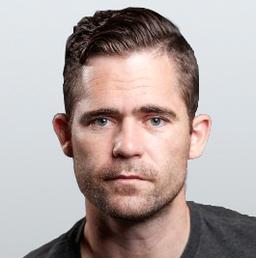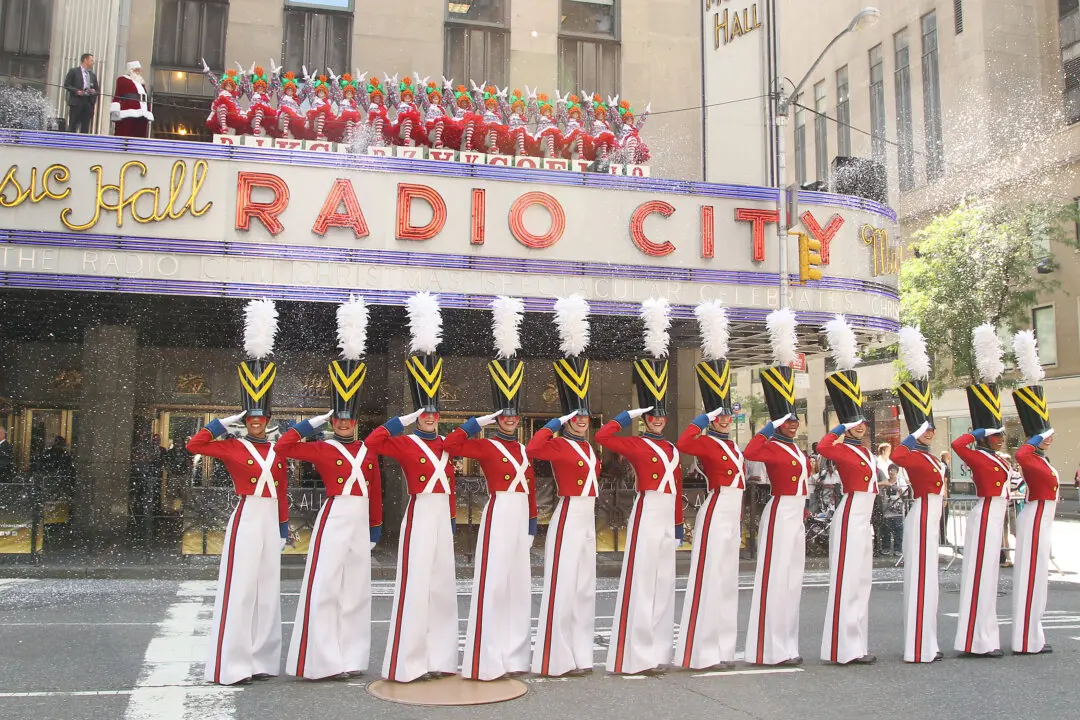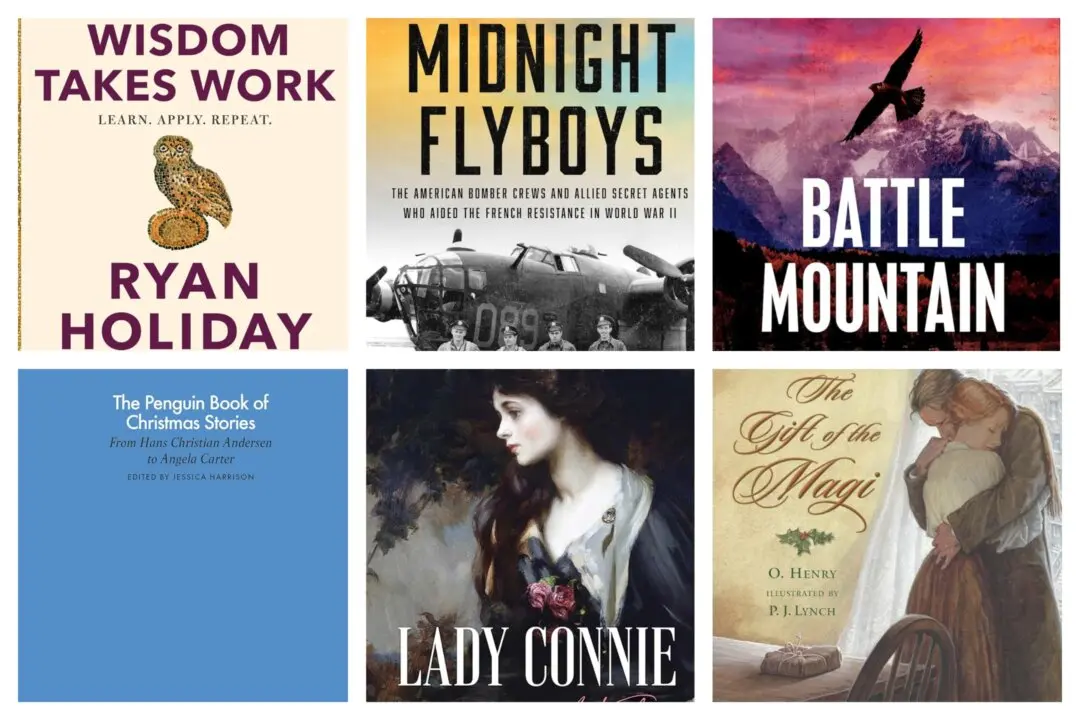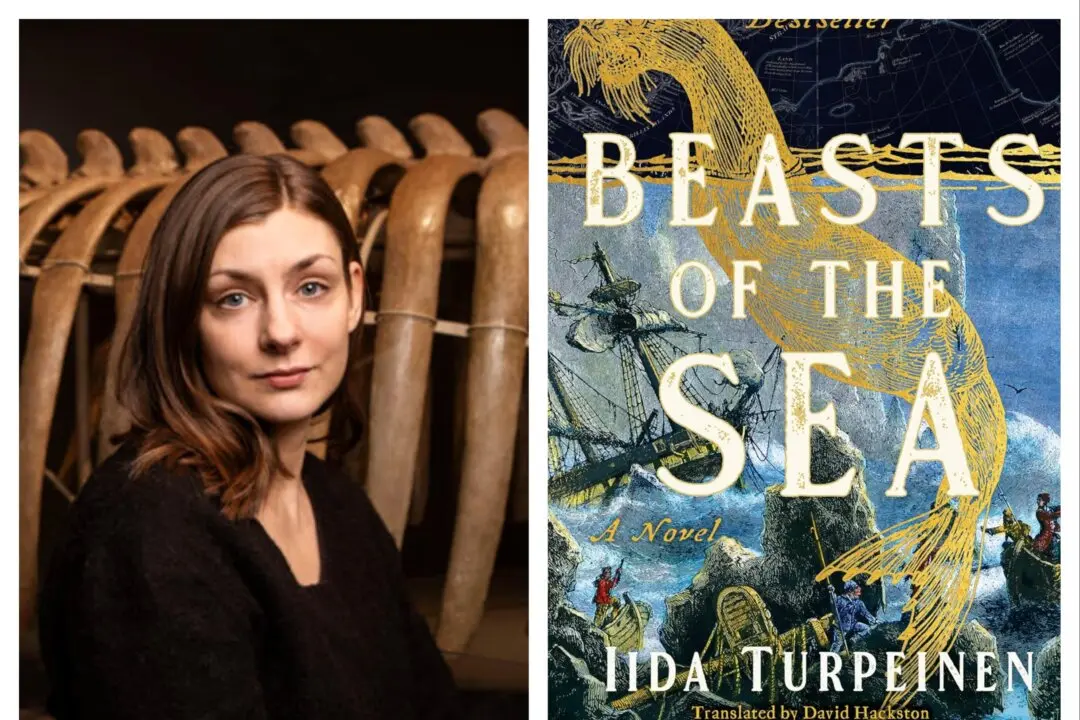William Henry Holmes (1846–1933) was a man who didn’t mind getting his hands dirty, as long as he could, in the end, display the beauty and intricacies of the world. Holmes preferred the world of the past, and though the timing of his birth and the opening of the Smithsonian Institution appears mere happenstance, the man and the institute would become almost synonymous.
Holmes possessed a great gift for drawing. His artistic craftsmanship would later be in high demand, but first he needed a stroke of luck. In the latter part of the 1860s, Holmes was a teacher of various subjects while he worked to graduate from McNeely Normal School in eastern Ohio.

